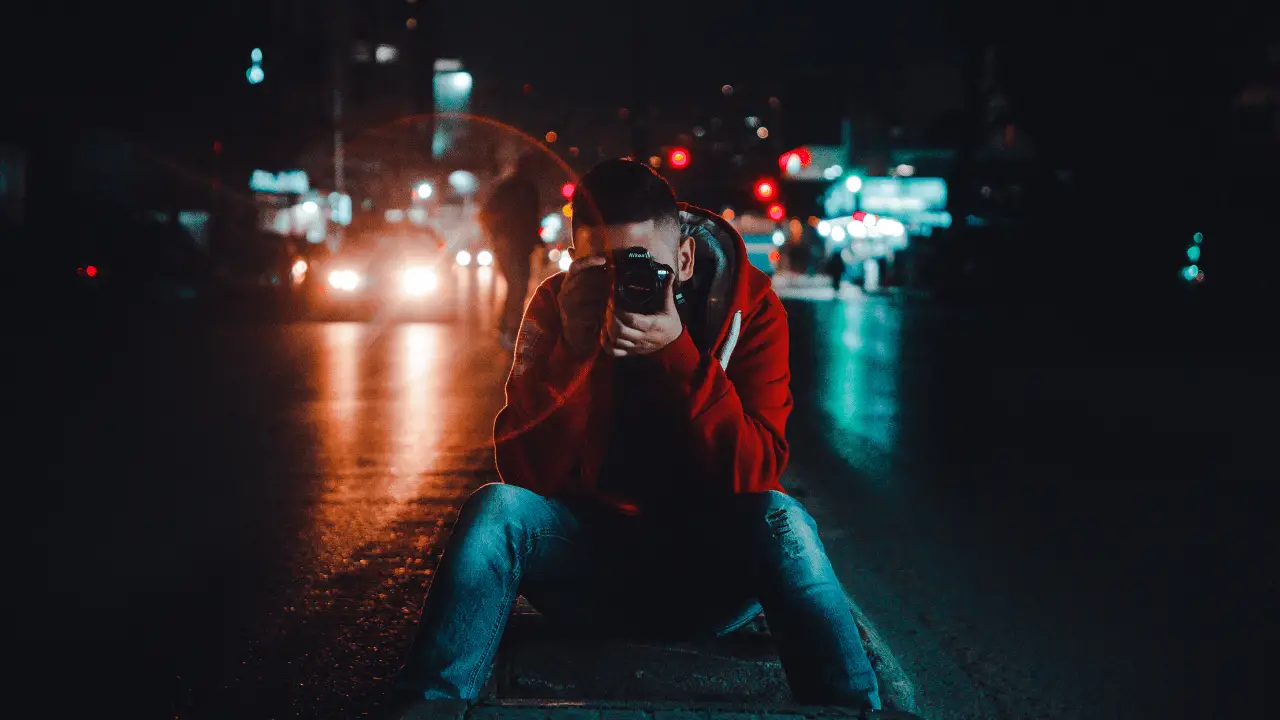Capturing the Night Sky: A Guide to Taking Pictures with Nikon D3400:The night sky offers a breathtaking view of stars, galaxies, and other celestial bodies that are beyond our reach. Capturing the beauty of the night sky in a photograph can be a rewarding experience for photographers of all skill levels. If you own a Nikon D3400 and want to take stunning pictures of the night sky, this guide will provide you with the necessary tips and techniques to help you get started.
Gear and Settings
To capture the night sky with your Nikon D3400, you’ll need the right gear and settings. Here’s what you’ll need:
- Camera: Nikon D3400
- Lens: Wide-angle lens with a fast aperture (e.g. 16-35mm f/2.8)
- Tripod: To keep your camera steady during long exposures
- Shutter Release: To minimize camera shake
- Memory Card: High-capacity SD card to store your images
Settings:
- Use Manual Mode: This will give you full control over the camera settings.
- Use a fast aperture (low f-number): A wide aperture will allow more light to enter the camera and help you capture the stars.
- Use a slow shutter speed: A slow shutter speed (e.g. 20-30 seconds) will allow you to capture more light and create a sense of motion in the stars.
- Use a high ISO: A higher ISO will make your camera more sensitive to light, but be careful not to go too high as this can introduce noise in your image.
- Set your white balance: Depending on your preference, you can choose a warmer or cooler white balance setting to give your image a specific mood.
Shooting Techniques
Once you have the right gear and settings, it’s time to start capturing the night sky. Here are some shooting techniques to keep in mind:
- Find a dark location: Light pollution can ruin your images, so look for a location that is away from city lights.
- Use the Rule of 500: To prevent star trails, divide 500 by the focal length of your lens to get the maximum shutter speed you can use without creating trails (e.g. for a 16mm lens, the maximum shutter speed would be 31 seconds).
- Use Live View: This will allow you to preview your composition and focus on the stars more accurately.
- Use manual focus: Autofocus may struggle in low-light conditions, so use manual focus to ensure your stars are sharp.
- Take multiple shots: Experiment with different settings and take multiple shots to ensure you have a variety of options to choose
Post-Processing
After capturing your night sky images, you may want to enhance them further through post-processing. Here are some tips:
- Adjust exposure and contrast: Use software such as Lightroom or Photoshop to adjust the exposure and contrast of your images.
- Remove noise: Use noise reduction tools to minimize the noise in your image that may have been introduced by high ISO settings.
- Adjust color balance: Use color balance settings to give your image the desired mood or tone.
Conclusion:
Capturing the night sky can be a challenging yet rewarding experience. With the right gear, settings, and shooting techniques, you can capture stunning images of the stars and other celestial bodies. Remember to experiment with different settings and take multiple shots to ensure you have a variety of options to choose from. With a little patience and practice, you’ll be well on your way to capturing the beauty of the night sky with your Nikon D3400.
FAQs
What kind of lens do I need to capture the night sky with my Nikon D3400?
- A wide-angle lens with a fast aperture (e.g. 16-35mm f/2.8) is recommended for capturing the night sky with your Nikon D3400.
Do I need a tripod to take pictures of the night sky with my Nikon D3400?
- Yes, a tripod is recommended to keep your camera steady during long exposures.
What shutter speed should I use to capture the night sky with my Nikon D3400?
- A slow shutter speed (e.g. 20-30 seconds) is recommended to allow you to capture more light and create a sense of motion in the stars.
How do I focus on the stars when capturing the night sky with my Nikon D3400?
- Using manual focus is recommended to ensure your stars are sharp.
Can I enhance my night sky images through post-processing?
- Yes, you can enhance your night sky images through post-processing by adjusting exposure, contrast, color balance, and removing noise using software such as Lightroom or Photoshop.

